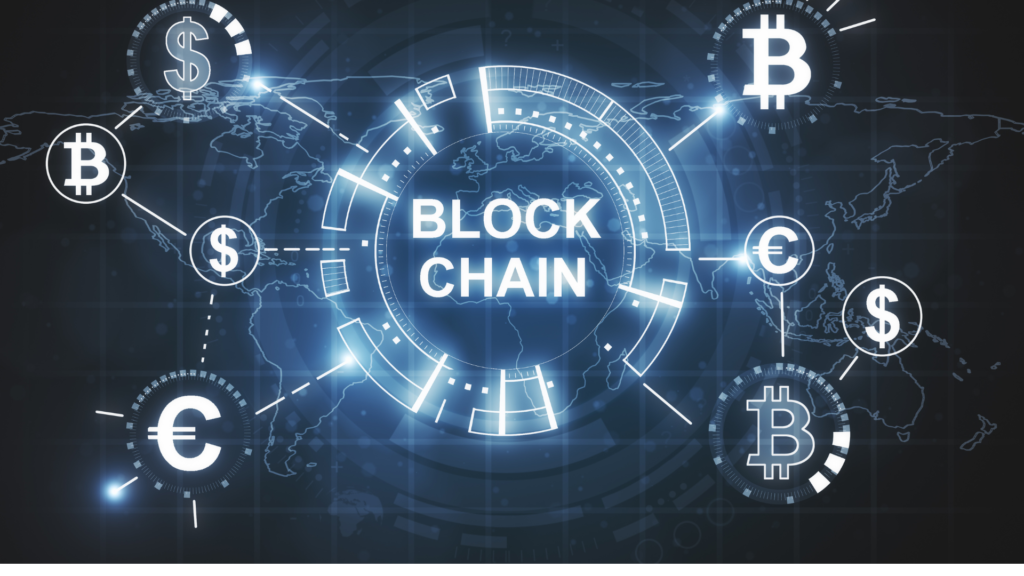Blockchain technology has transformed industries by offering decentralized, transparent, and tamper-proof systems. However, one of its most significant challenges lies in blockchain scalability. As the demand for blockchain-based applications continues to rise, concerns around energy consumption and transaction speed have become central to discussions about its long-term sustainability. Solving these issues is critical to ensuring that blockchain can move beyond niche adoption and become a foundational technology for global industries.
The Scalability Problem
At its core, scalability in blockchain refers to the network’s ability to handle a large number of transactions per second without delays or inefficiencies. Traditional systems like Visa process tens of thousands of transactions instantly, whereas most public blockchains handle only a fraction of that. This gap leads to slow confirmation times and higher transaction fees when demand increases.
Compounding the issue is the energy-intensive nature of some consensus mechanisms, particularly proof-of-work, which requires massive computational resources. These factors raise concerns about whether blockchain can realistically support large-scale applications while remaining environmentally responsible.
Speed and Transaction Throughput
One of the most visible issues with scalability is transaction speed. Users expect near-instant transactions, but blockchain networks often struggle due to the requirement of global consensus across thousands of nodes. When every node must validate and store every transaction, bottlenecks naturally form.
Developers are working on ways to increase throughput without sacrificing decentralization. Concepts like partitioning workloads and processing transactions in parallel are being explored to improve transaction speed. This focus ensures that blockchain can compete with traditional financial systems while maintaining the trustless architecture that makes it unique.
Energy Efficiency in Blockchain
The energy debate is closely tied to scalability. Proof-of-work systems, such as those used by early blockchains, demand enormous amounts of electricity, raising environmental concerns. Critics argue that widespread blockchain adoption could worsen global energy problems if not addressed.
To counter this, alternative consensus mechanisms are being adopted. Proof-of-stake and hybrid models drastically reduce energy requirements while maintaining network security. In addition, blockchain projects are exploring renewable energy integration and energy-efficient protocols to make the technology more sustainable. This transition is key to aligning blockchain with global sustainability goals.
Balancing the Blockchain Trilemma
A critical factor in scalability discussions is the “blockchain trilemma,” which highlights the challenge of balancing decentralization, security, and scalability. Enhancing one often weakens another. For example, increasing block size might boost transaction capacity but could risk centralization by making it harder for smaller participants to run nodes.
Innovations aim to achieve balance rather than compromise. The goal is to ensure that blockchain scalability supports higher transaction speeds and lower energy use without undermining the very principles that make blockchain valuable. Solutions require careful design to maintain fairness and inclusivity in the ecosystem.
The Path Toward Scalable Blockchains
The journey toward scalability involves a mix of technical improvements, governance decisions, and global cooperation. Developers are experimenting with both on-chain improvements and off-chain enhancements to push boundaries. At the same time, communities are debating trade-offs, ensuring that no solution undermines decentralization or network security.
Ultimately, blockchain scalability is about preparing the technology for mainstream use. Whether in finance, healthcare, supply chains, or identity management, users expect speed, low cost, and environmental responsibility. Achieving this requires a forward-looking approach where innovation focuses on solving the energy and speed debate while preserving blockchain’s integrity.
The debate around blockchain’s scalability is not about whether it can be solved but how quickly and effectively solutions can be implemented. The challenges of speed and energy consumption are significant, yet ongoing advancements in consensus mechanisms and system designs show promising results. If scalability is achieved without compromising security and decentralization, blockchain will be well-positioned to transform industries on a global scale.
In the end, blockchain scalability represents the key to unlocking the full potential of decentralized systems. By addressing the energy and speed debate with sustainable solutions, blockchain can evolve from a disruptive innovation to a reliable backbone of the digital economy.
Frequently Asked Questions (FAQs)
1. What does blockchain scalability mean?
A. It refers to the ability of a blockchain network to handle increasing numbers of transactions efficiently without slowing down or raising costs.
2. Why is scalability important in blockchain?
A. Scalability ensures faster transactions, lower fees, and better energy efficiency, which are crucial for mass adoption across industries.
3. How does energy use impact scalability?
A. Energy-intensive consensus mechanisms slow down adoption and raise environmental concerns, making efficient models essential for sustainable growth.
4. What are common approaches to improve scalability?
A. Techniques include optimizing consensus mechanisms, partitioning workloads, and designing protocols that balance speed with decentralization.
5. Can scalability be achieved without losing decentralization?
A. Yes, but it requires carefully designed solutions that maintain fairness and inclusivity while improving speed and efficiency.




Pingback: How to Safely Start Investing in Cryptocurrency (Step-by-Step Guide)
Pingback: Cross-Chain Bridges: Unlocking Interoperability in Blockchain Networks
Pingback: Tokenization of Real-World Assets: From Real Estate to Art - Your Partner in Tech Evolution